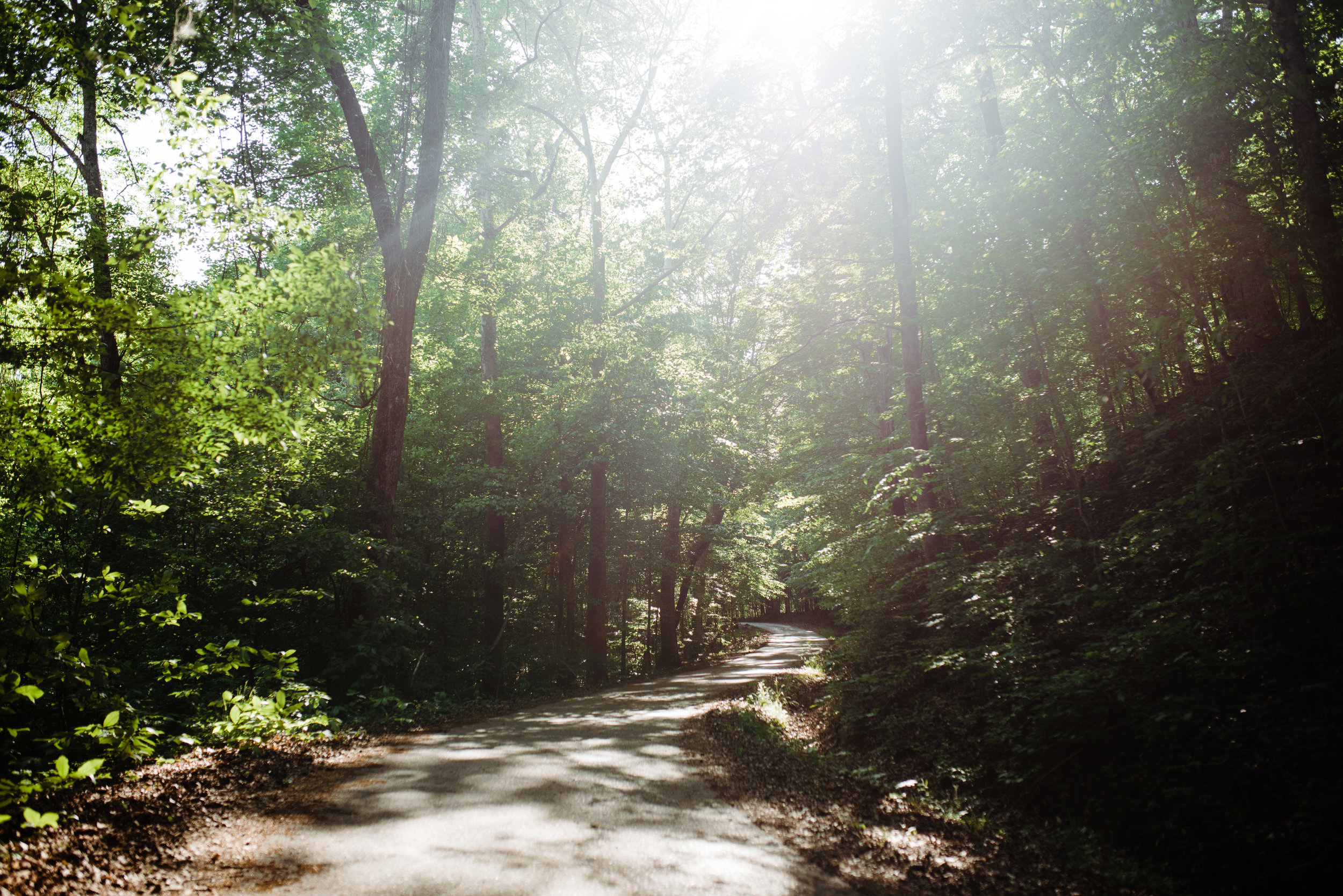Monument of Memories
This piece was originally published in the December 2018 - March 2019 issue of our journal, Vol. 4, Issue 3: Neighbors.
Why do we create monuments to the past? What is it about physical reminders—be they statues or plaques—that move us? Why do we feel the need to travel to the places of great historical events and walk the same ground? I am struck by the words of Joshua Lawrence Chamberlain, the hero of Little Round Top at the Battle of Gettysburg:
“In great deeds, something abides. On great fields, something stays. Forms change and pass; bodies disappear; but spirits linger, to consecrate ground for the vision-place of souls . . . generations that know us not and that we know not of, heart-drawn to see where and by whom great things were suffered and done for them, shall come to this deathless field, to ponder and dream; and lo! the shadow of a mighty presence shall wrap them in its bosom, and the power of the vision pass into their souls.”
Here is expressed something I have long felt and believed: that the deeds of men live beyond their own lives, and that in visiting the sites where great things happened, the veil between past and present thins.
Just an hour south of Jackson there lies such a place as this—a place filled with memorial after memorial to the deeds of men, some heroic, some wicked, and many a little of both.
Shiloh, Tennessee, is a place made sacrosanct by the blood of thousands of men like these. During those two days in April 1862, over 100,000 men fought in what writer Shelby Foote called “a disorganized, murderous fistfight.” By the end of the second day of battle, almost 24,000 men had been killed, wounded, or found missing, more than in all the previous wars of the United States combined. It was the first great battle of the Civil War, made up of all sorts of men, including a man who would one day find Livingston in the darkest heart of Africa. This man would also aid unknowingly in the creation of one of the most deplorable and oppressive colonial governments in history.
The modern battlefield park is one of the five oldest battle sites in the country. It was established by an act of Congress in December of 1894. Over the intervening years, the operation and management has been moved to the National Parks Department, and more acreage has been added through federal purchases and private donations, and now the park covers almost four thousand acres. Twenty marked stops lead visitors on a self-guided tour, and the visitor center provides more historical information, an excellent video presentation, and a small collection of artifacts.
As impressive as the park is, it is most definitely a place of tension, asking the visitor whether it is right to praise things simply because they are historical. We as Americans have become more and more iconoclastic over the last few generations, quick to pull down any past icon for their present sins. So a trip to visit monuments, some of which celebrate men whose sins have come into light more and more as time has passed, can prove to be problematic. But in places where the veil between past and present thins, we are forced to confront the past of our own humanity. History teaches us that we are rarely as good as we might wish to believe, nor are we as purely evil as some might make us out to be.
It might be comfortable to try and erase or forget the deeds of some men, but which do we erase? We’ve all done things we would rather forget, and we’ve all done things that are worthy of praise. So I say tell the whole story. Let’s remember that monuments are not strictly for praising the past but for telling stories, both good and bad, that have shaped our present.
Shiloh’s own Ulysses S. Grant put it best when recalling the Confederate surrender at Appomattox: “I felt like anything rather than rejoicing at the downfall of a foe who had fought so long and valiantly, and who had suffered so much for a cause, though that cause was, I believe, one of the worst for which a people ever fought, and one for which there was the least excuse.”
Shiloh National Military Park is located at 1055 Pittsburg Landing Road in Shiloh and is open every day from 8:00 A.M. to 5:00 P.M. To learn more, visit their website or call them at 731.689.5696
Kevin Vailes teaches whatever they ask him at the Augustine School in Jackson, though if he had his choice he would spend his time ruminating on the intricate complexities of the classical world and trying to get his Latin students to study their vocabulary. Kevin grew up in and around Jackson and went to Union University where he met his best friend and wife Elizabeth. They live in the Jackson’s historic LANA neighborhood in a 100+ year-old bungalow with their five children. He believes that stories are what bind us together and cause us to love and care for something, and he hopes that in sharing Jackson’s stories with you, you will fall in love with Jackson and care about it too.
Cari Griffith is a photographer by trade who loves storytelling of all kinds. After a couple of years away in Nashville, she and her husband Rob decided Jackson was calling them home, and they moved back to their beloved Lambuth area neighborhood. Cari's other loves include gardening, cooking, sharing meals with her friends, and trying to talk Rob into getting a dog.











